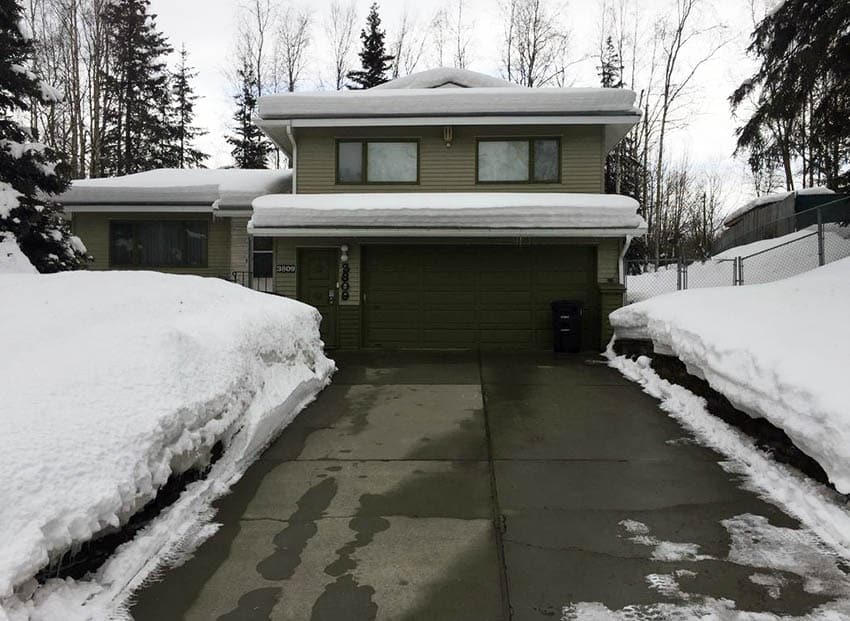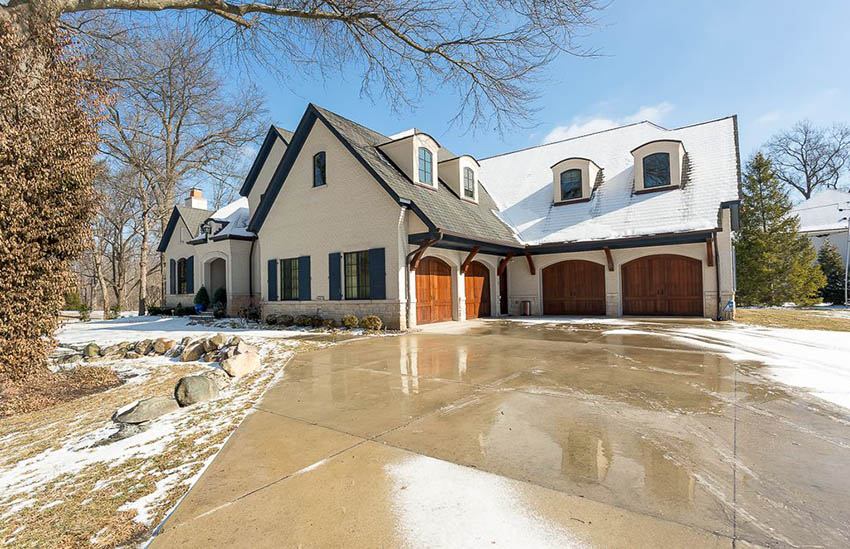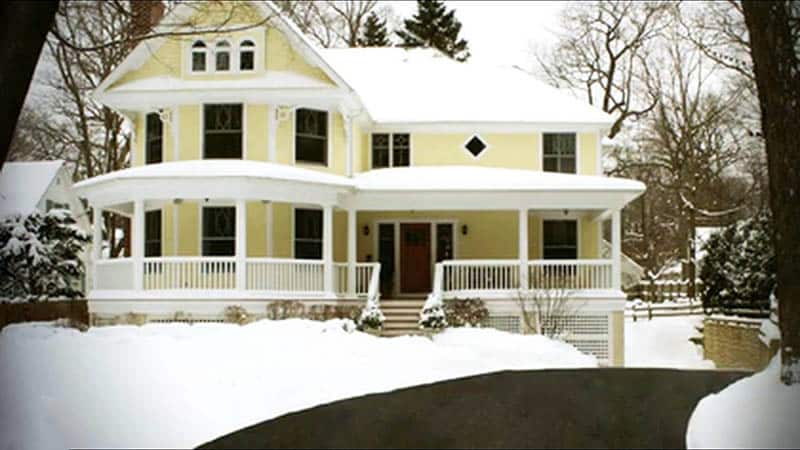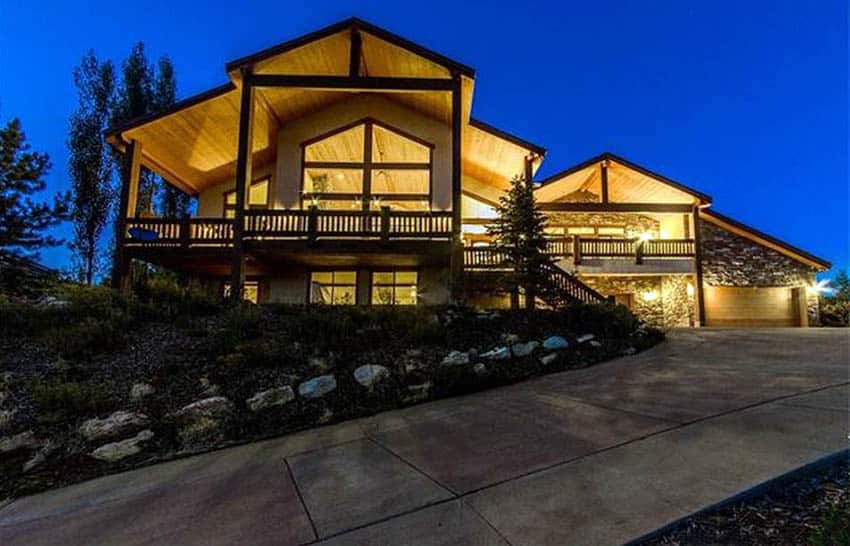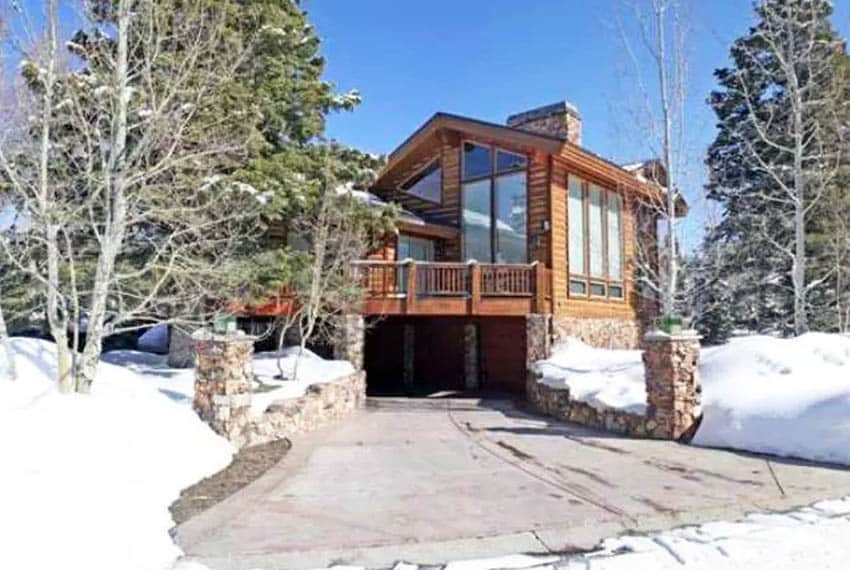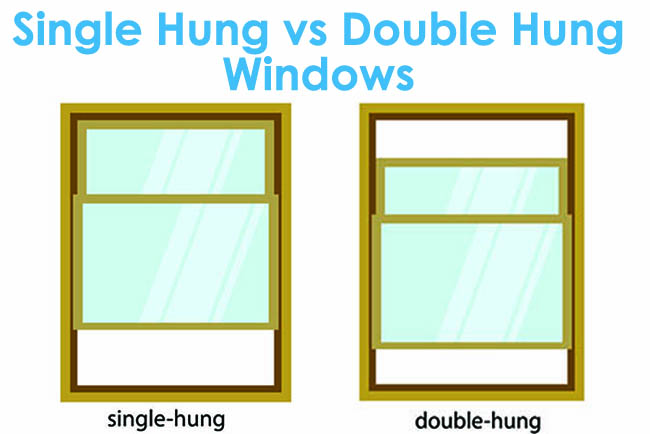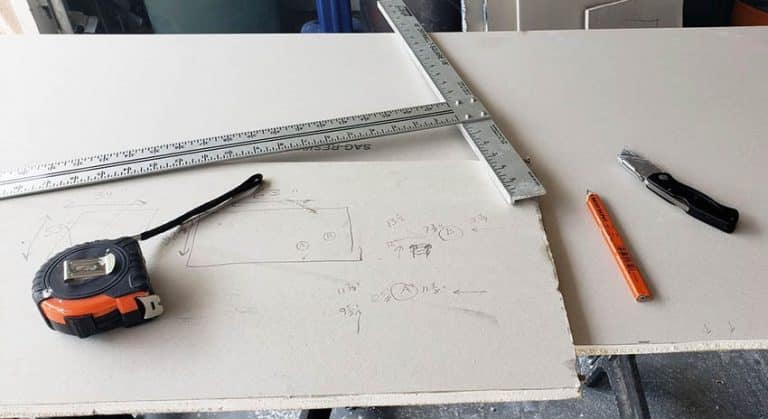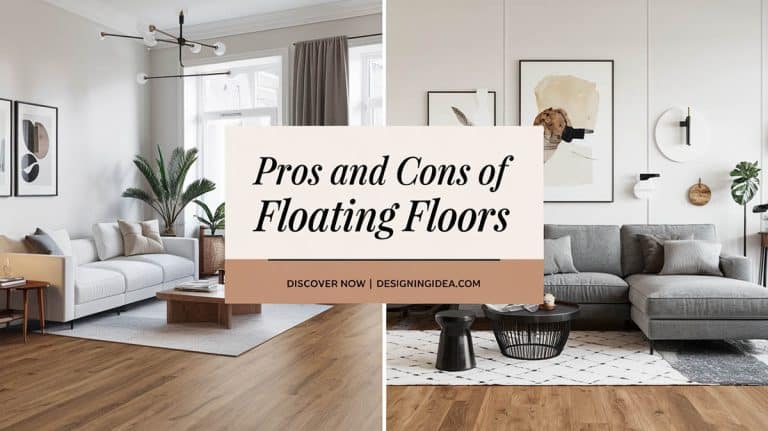Heated Driveway (DIY, Solar, Radiant Heat & Electric Systems)
Guide to heated driveway systems including DIY, radiant heat, solar and electric models.
If you live in an area that gets a lot of snow during the winter, one of the most important items you might want to think about installing is a heated driveway.
Heated driveways save you from the backbreaking hassle of shoveling snow off your parking area. They ensure that, even in the harshest winters, you have a safe way to get yourself and your vehicle out of your home.
Having a heated front drive gives you a modern driveway that is basically maintenance-free during the winter months. With a heated surface, you’ll never have to shovel or plow snow off your driveway.
What is a Heated Driveway?
A heated driveway is actually a variant of what is known as a radiant heat flooring system. A radiant heat flooring system basically heats the floor by radiating heat from a tubing system installed underneath the floor surface. Usually, the tubes are heated with hot water.
Radiant heating systems work by harnessing a basic thermodynamic principle. Basically, thermodynamics dictates that hot air rises. So, the heat generated in the tubing under your floor rises evenly and warms the floor.
Heated driveways are a radiant floor system that is installed outdoors under the surface. Their main use is to melt away snow and ice. They can also be installed under other hard surfaces such as sidewalks, walkways, and concrete or stone patio or porch floors.
If you install a heated driveway in your home, you won’t need to shovel snow or worry about skidding on ice when driving in and out. All you will need to do is turn on your heating system and watch the snow melt away while in the warm comfort of your home.
Some heating systems also have an automatic activation device with temperature sensors that will turn the system on and off automatically when the temperatures change. Others also incorporate a timer that allows you to choose when and how long the heating period will last.
What is a Snow Melting Driveway?
A snow melting driveway is another term for a heated driveway. It sums up what a heated driveway is and why you should have one. It melts snow away, so you never have to shovel snow off again.
What is a Radiant Heat Driveway?
Most radiant heat driveways use hydronics. The system includes a hot water boiler and a pump that heats and circulates water through a series of tubes that lie under your driveway. For these systems, a mixture of water and antifreeze are heated and circulated through tubing under the drive to warm and melt snow accumulation.
Radiant heat driveways use normal plumbing tubes, usually made of copper. Because of this, there is the danger that, eventually, they might corrode, and this can lead to leaking. Some more modern systems use flexible tubing made of cross-linked polyethylene (PEX).
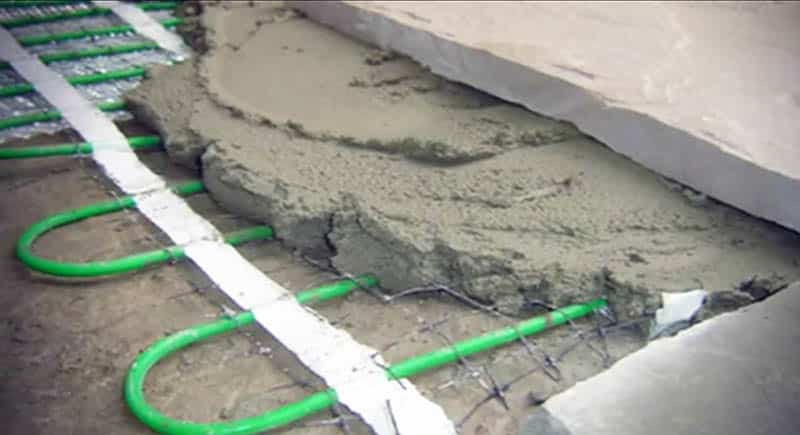
What is an Electric Heated Driveway?
The most common type of radiant heating system uses hot water to heat the tubes that heat the floor. However, there are also electric radiant systems.
If you decide to install an electric radiant system, what you now have is an electric heated driveway. The purpose of an electric heated system is no different from a radiant design. What is different is that the heat is generated using electricity rather than hot water.
Instead of having a series of pipes or tubing for hot water to flow through, an electrically heated system has a network or mat of electric heating cable or wire running under the surface. The temperature of an electric heated driveway or floor is controlled by a thermostat.
With an electric heated system, the heating cables radiate about 50 watts through every square foot of driveway. This melts the snow and ice off your drive and helps dry the surface.
What is a Solar Heated Driveway?
Some radiant heat driveways use solar heating. Solar collectors or solar panels are used to power the boiler that heats the water flowing through the tubes in a radiant heat system. Or, if you have an electric radiant system, the solar panels convert the sun’s rays into electricity that flows through the wires that heat the surface.
The most obvious challenge to having a solar heated driveway would be the fact that, wouldn’t it be hard to generate solar power during a cloudy or snowy winter day?
Solar power systems are dependent on the rays of the sun hitting them in order to generate power, right? Well, most solar-powered heated systems also include a battery backup. The solar panels generate power when the sun shines and store it for future use.
As is usually the case with solar power systems, they are rather costly to install. The high cost is primarily due to the solar panels and the batteries.
In the long run, however, a solar powered system can save you on electricity costs. Depending on your electric company, you might even be able to “sell” some of the solar power you generate back to them to offset your home’s electricity use.
How Much Does a Heated Driveway Cost?
According to Home Advisor, a heated driveway will cost about $12-$21 per square foot. According to them, the average cost of installing a radiant heating system is between $1,300 to $7,500.
However, if you are going to remove your existing driveway and install a new one, you’re going to have to factor in the cost of building a driveway.
The average cost of installing an asphalt driveway is $4,457 while the average cost of building a concrete driveway is $3,650. Given that, Home Advisor places the cost of installing a heated driveway system in asphalt at $8,594 and for concrete it will be around $7,542.
Depending on how you decide to heat your driving area, though radiant heat, electric heating, or solar power, the cost will vary due to the different parts that each system will require.
What Are the Costs of Different Heated Driveway Systems?
The biggest cost of a radiant heat driveway is the water heater. Depending on the size or length of your drive, you might need at least a 50-gallon water heater and that can cost from $360-1,000.
Generally, electric heating systems cost more than radiant heating systems that use hot water. Electrical heating systems usually cost about $8.00 per square foot while a system that uses hot water will cost around $6.00. They also cost a bit more to operate as they use electricity.
According to Warmly Yours, to figure out how much of an impact an electric radiant system in your driveway will have on your electric bill, you need to identify the total wattage of your system. As we mentioned earlier, most electric heated driveways use 50 watts per square footage.
Multiply the square footage of your driveway by 50 watts, and then divide this by 1,000 to convert it to kilowattage. Go find a copy of your latest electric bill and find out the kilowatt per hour rate for your area. Multiply the total kilowattage of your driveway with your area’s kilowatt per hour rate and your will see how much it will cost you to keep your electric heat system working.
The major cost of a solar heated driveway would be the cost of installing the solar panels. According to Solar Power Authority, the installed cost of solar panels is about $7-$9 a watt. So a 5kW system will cost about $25,000 to $35,000.
You can use the formula for identifying the total wattage of your system to figure out how big a solar power system you need to power your driveway.
Heated Driveway Installation
If you already have an existing driveway, it is possible that you won’t need to build a new one. Sometimes, you must run the necessary tubing under your existing drive and attach it to a boiler and a pump. Or, if you’re going with an electric system, lay down the cables and attach the system to your electric grid.
There are manufacturers of heated surface systems that use both hydronics (hot water) and electricity to melt the snow. You can buy complete systems from them and hire someone to install it for you. Otherwise, you can do it yourself.
Heated Driveway DIY
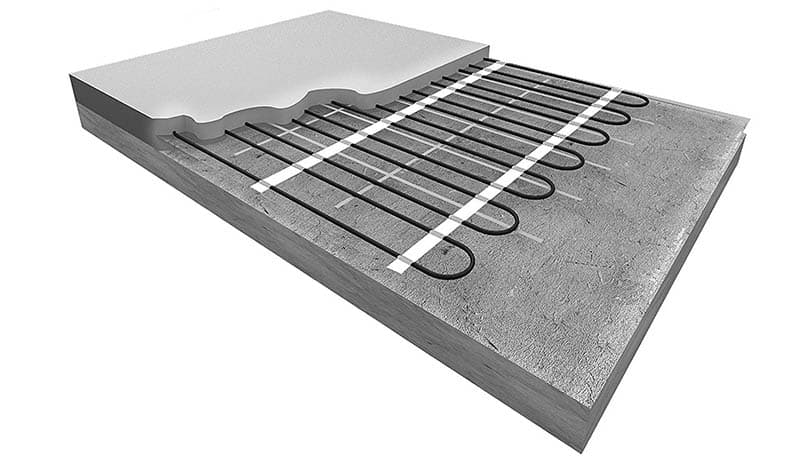
It’s possible to just install a heated driveway yourself. If you decide to DIY your heated concrete system, you first need to take a jackhammer and sledgehammer to your existing surface. If you don’t have one of these, you can always rent.
Using the jackhammer and the sledge hammer, you will need to break up the surface and remove the materials from your property. Once the old drive has been removed, level out the area. If you don’t have an existing floor plan, decide on the area where you want to build your driveway and clear and level the surface.
Installing a heated system is a warm-weather project. After laying out the systems of tubing, pipes, wires, or cables, you are going to have to lay paving material on top of the whole thing and this will need time to set and dry.
You’re going to have to give your new driveway about 30 days to dry and set completely. So you should schedule the project for when you are more or less assured of good weather. You should aim to install your heated system in the summer or in the spring.
As we mentioned earlier, there are companies out there that provide complete heated driveway systems that you can just install yourself (or hire someone to install them) under the surface. Just decide if you want one that uses hydronics or electricity.
If you decide that you want to go with a heating system that uses hydronics, look for a manufacturer that makes a system that suits your needs. You will also need to decide if you are going to get a new boiler for the system or if you can just attach it to your existing system. You should also decide if you are going to be using sensors or timers on your system or simply turn it on and off yourself.
Once you have decided then you’re going to need to lay down your driveways foundation. Make sure that your foundation is level before installing a heated surface system.
The first step to installing a heated surface that uses a hydronic system involves insulating the ground. You are going to need to lay down a vapor barrier and radiant insulator on top of the driveways foundation. After the insulation is in place, you’re going to need to lay a grid which will serve to strengthen the concrete.
Only after the insulation is in place should you begin to lay down the heating tubes or pipes. They need to be laid down at least 2 inches apart then taped down with special tape that is manufactured specifically for use with these heating systems. Connect the whole thing to the boiler and control system. Afterwards you can lay the top layer of your driveway over the whole thing.
Most electric systems come either in a series of mats or in loose cables that you need to lay out under your driveways surface. First you will need to lay down your driveways foundation and out the heating system. Depending on the system’s manufacturer there will be instructions on how far apart you should lay the mats or wire coils.
After laying out the electrical system, you will need to connect it to the sensors and your homes’ electrical grid. Again, your system’s manufacturers should provide you with the instructions on how to do that.
Visit our page here to read more about different types of driveways for your home.

